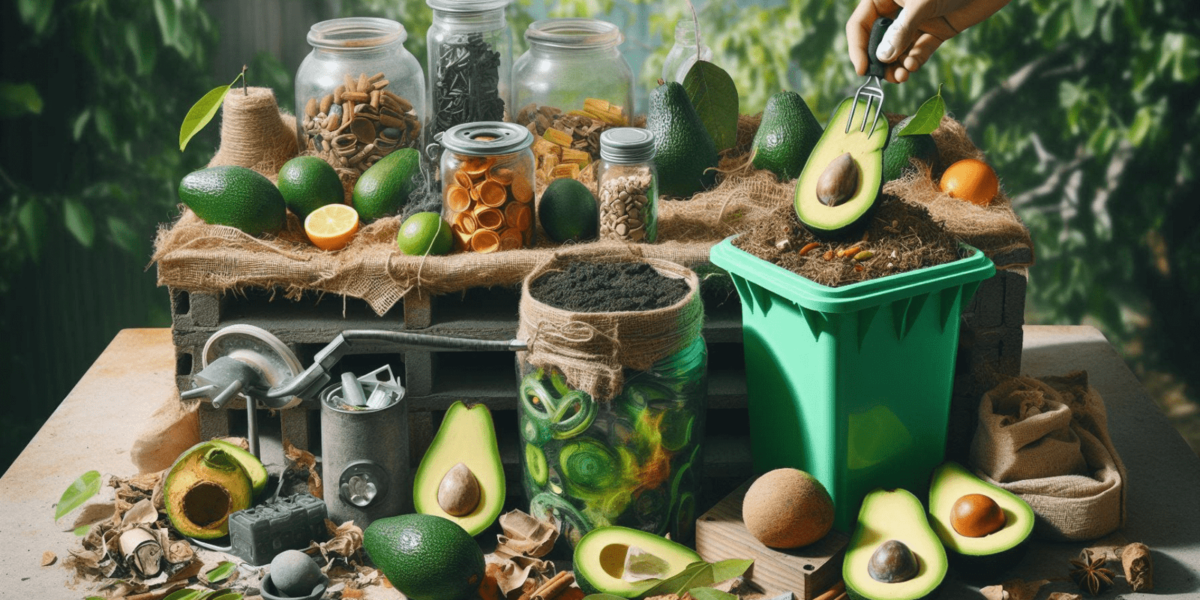Researchers in Spain have discovered a pioneering method to address plastic waste in food packaging, as reported by Advanced Science News.
Utilization of Avocado Pruning Residue
The University of Córdoba and the University of Girona researchers utilized avocado pruning residue, abundant and usually discarded annually, to create a sustainable food packaging material.
Explanation of Avocado Pruning Residue
Assistant Professor Eduardo Espinosa from the University of Córdoba’s Chemical Institute for Energy and the Environment explained that avocado pruning residue, rich in cellulose, resembles other agricultural tree species.
Development of Eco-friendly Material
Cellulose-rich fibers from avocado pruning residue were incorporated into synthetic materials like polyethylene, commonly found in food packaging, to produce a greener alternative.
Read More: WhatsApp set to introduce chat lock feature to linked devices
Addressing Environmental Challenges
This substitution tackles environmental concerns associated with traditional polyethylene, derived from fossil fuels, by partially replacing it with bio-polyethylene made from avocado pruning residue fibers.
Process and Enhancements
Researchers combined these fibers with bio-polyethylene using a high-speed mixer and added maleic anhydride to enhance compatibility and strength.
Value Addition and Circular Economy
Espinosa noted that utilizing agricultural waste promotes a circular economy and local resource utilization, adding value to otherwise discarded materials.
Future Directions
Future research will evaluate the environmental impact and economic feasibility of this process and test the fibers for various food packaging formats.















